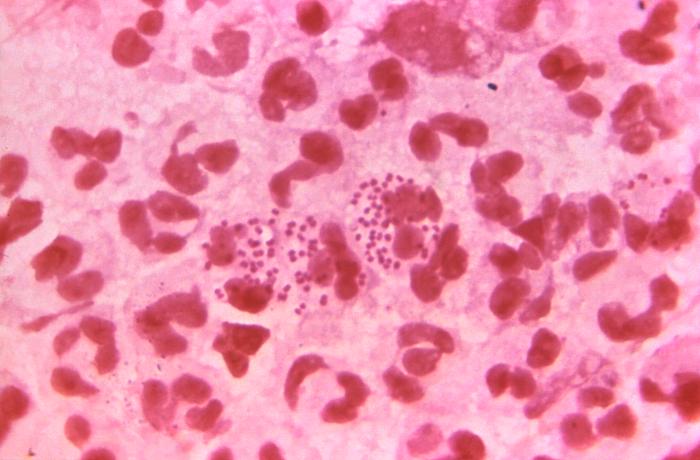The District of Columbia Department of Health (DC Health) recently released its 2018 HIV, STD, Hepatitis, and TB Surveillance Report for the District of Columbia, which shows record numbers and increases among STDs–chlamydia, gonorrhea and syphilis.

Health officials report a 35% increase of chlamydia, a 56% increase of gonorrhea, and a 13% increase of primary and secondary syphilis, reflecting the city’s enhanced screening efforts.
There were 10,157 new cases of chlamydia, compared to 8.578 cases in 2016. New cases of gonorrhea increased, with 5,070 in 2017 compared to 3,803 the year before and syphilis cases were up more than 100 cases from the previous year.
Concerning HIV, the report shows that the number of new HIV diagnoses remained level in 2017 with 13,003 current residents (1.9 percent) living with HIV, while there was continued improvement in the health outcomes of people living with HIV.
There were 368 newly diagnosed HIV cases in 2017, a decline of 31 percent compared to 2013; and down 73 percent at a high of 1,362 cases in 2007.
“In the past decade, we have made tremendous progress in reducing the number of new HIV infections but we still face challenges,” said Dr. LaQuandra Nesbitt, Director of the DC Department of Health. “This report underscores why we take a vigorous and comprehensive approach to achieving the Mayor’s 90/90/90/50 Plan to end the HIV epidemic in DC.”
- Tickborne diseases: ‘It is critical that scientists develop vaccines to prevent disease’
- African experts led emergency response to DR Congo Ebola outbreak, says WHO
- Pan-American Health Organization rules out polio from Venezuela AFP case
- Botulism risk prompts recall of Taco Bell Cheese Dip
- Indiana hepatitis A outbreak grows, southern counties hit hardest


